When the snow falls and the ice forms, should you still take your furry friend for a walk? As a loving pet parent, you don’t want their paws to freeze, but dogs need regular exercise! So, how cold is too cold? When should you stay indoors and trade a neighborhood stroll for an indoor play session?
Key Takeaways
- What’s considered “too cold” for your furry friend depends on dog breed, overall health, coat thickness, and general size. Most of the time, dogs shouldn’t go outside if the temperature drops below 20°F.
- In general, smaller or thin-coated dogs can’t withstand as low temperatures as larger or thick-coated dogs.
- Take into consideration things like wind chill, snow, cloud cover, and duration before heading outside in cold weather.
Some believe, “If it’s too cold for you, it’s too cold for your dog.” But it really isn’t that straightforward. Even if you’re warm, your furry friend may be cold! Plus, your dog still needs exercise and activity if temperatures drop.
So, let’s answer this question! Keep reading, and tell you exactly when you should avoid going outdoors with your canine companion in cold weather.
See Related: Step-by-Step Guide: Cleaning Dog Urine Off Couch Cushions
How Cold Is Too Cold to Walk Your Dog?
There is no one-size-fits-all answer to this age-old question. Just like humans, all dogs are different. What may be icy cold for one could be a comfortable temperature for another. This depends on several factors, including breed, age, and health.
In general, most dogs should stay indoors if the temperature drops below 20°F.
Small dogs, medium dogs, or dogs with thin coats can get cold when temperatures are under 30°F. Large dogs or dogs with thick coats can get cold when temperatures are under 15°F.
Regardless, watching for signs your furry friend is uncomfortable or freezing is important. You also need to consider their coat thickness, overall health, and dog breed.
Breed
An Alaskan Malamute, Siberian Husky, or Samoyed can withstand lower temperatures than a Yorkshire Terrier, Chihuahua, or Dachshund. Some breeds have thicker coats or double coats that allow them to tolerate cold weather with ease. In fact, it’s far more comfortable for them than a hot summer!
Size
Size and weight can play a big part in the comfort level of your furry friend. Small dogs have less body fat than large dogs, which can cause them to get cold quickly. Body fat is a great insulator, but being overweight can come with health risks.
Age
Young puppies or older dogs cannot regulate their body temperature as well as adult dogs. This can put them at a higher risk of hypothermia or frostbite.
Health
Dogs with health conditions like diabetes, arthritis, or kidney problems have a higher risk of hypothermia or frostbite. They are far more vulnerable to cold weather.
Coat
The type and color of your dog’s coat can impact their ability to withstand cold temperatures. Dark-colored coats, like black or brown, can absorb the heat from sun rays more efficiently. Breeds with thick coats or double coats are able to withstand cold weather very well.
Bonus: How To Properly Dispose Of Pet Waste
Wind Chill
The weather (not just the ambient temperature) can also impact your ability to take your canine companion outdoors. Wind chill is a very important factor to consider, as strong winds can cut through thick coats. Wind chill can make it feel far colder than it actually is.
Snow
Moisture from snow, rain, or ice can cause your dog’s coat to absorb water. This can significantly lower their body temperature. Dogs with thin fur on their stomachs can get cold quickly, especially if playing in grass or snow.
Cloud Cover
The sun can provide some much-needed warmth and comfort on cold days. In contrast, cloud cover can make it feel colder than it really is. If your dog has a dark-colored coat, like black or brown, they can absorb heat from sun rays.
Activity
A slow neighborhood stroll and an energized play session are not the same! An increased activity level can help your dog generate additional body heat and stay comfortable and warm.
Duration
The longer you stay outside, the colder your dog can become. Large or thick-coated dogs can typically withstand a 30-minute walk at temperatures around 20°F. Small or thin-coated dogs can typically withstand a 15-minute walk at temperatures around 45°F.
Signs Your Dog Is Too Cold
The key to keeping your furry friend healthy and happy in winter is knowing when they are cold. As we said, there is no one-size-fits-all answer to the question, “When is it too cold to walk my dog?” You need to be familiar with signs that they are cold or uncomfortable when you’re outdoors.
Keep an eye out for these signs:
- Shaking or shivering
- Whining or barking
- Licking or lifting paws
- Tucked tail
- Slow or stiff walking
- Shallow breathing
Tips for Walking Your Dog in Cold Weather
Your canine companion needs exercise to stay happy and healthy. Even in cold weather, it’s important to find ways to engage in regular physical activity. If you can’t go on a winter walk, you can try having an indoor play session instead!
Here are some tips to help you take care of your furry friend in cold weather:
- Keep walks short in colder weather. Stay near your home so you can quickly return to a warm place if your furry friend gets too cold.
- Take winter walks during the warmest part of the day. Avoid taking winter walks in the early morning or late evening.
- Dress up your dog in winter boots and a winter coat.
- Avoid walking in snow or ice, and clean your dog’s paws to remove salt and de-icers.
- In extreme cold, only take your furry friend outside to relieve themselves. Don’t forget to hire a poop-scooping company to quickly clean the mess for you!
Keep Reading: How To Clean Dog Paws
—
Scoop Masters offers professional pet waste removal services in California, Texas, Florida, and Tennessee. Since 1988, we’ve saved dog owners across the country from the overly unpleasant task of picking up after their pets. Each poopy project we complete gives them the freedom, convenience, and sanitation they deserve! Contact us for a free quote, or simply stock up on enough dog poop bags to keep your pet’s number twos at bay. To stay in the loop, follow up on Facebook and Twitter/X. If your dog can poop it, we can scoop it!

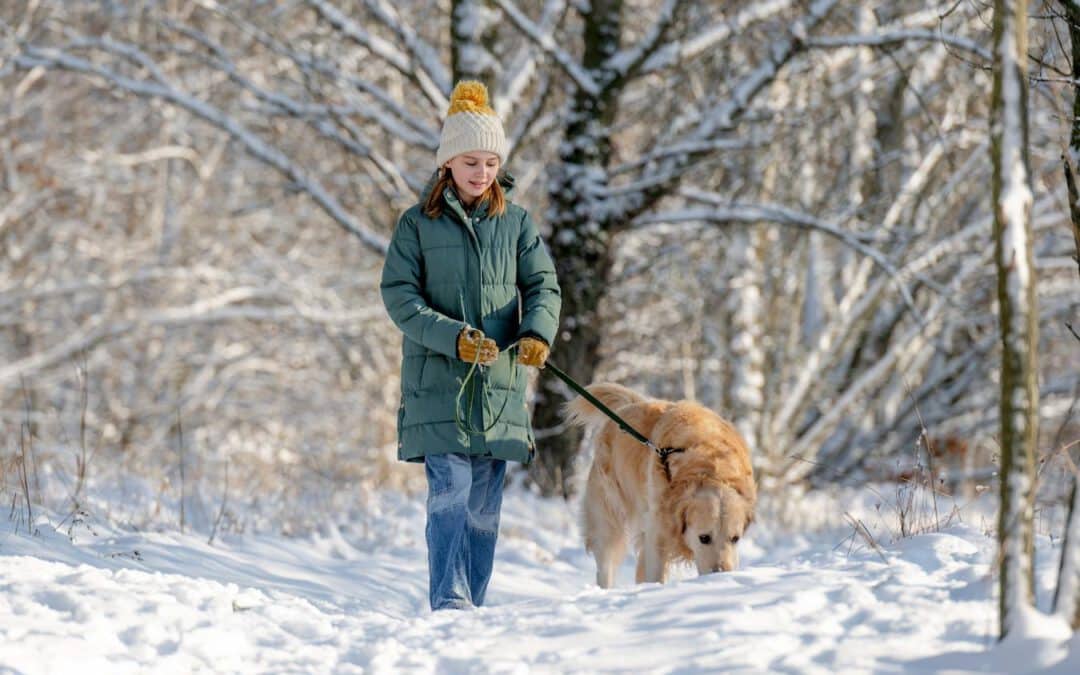
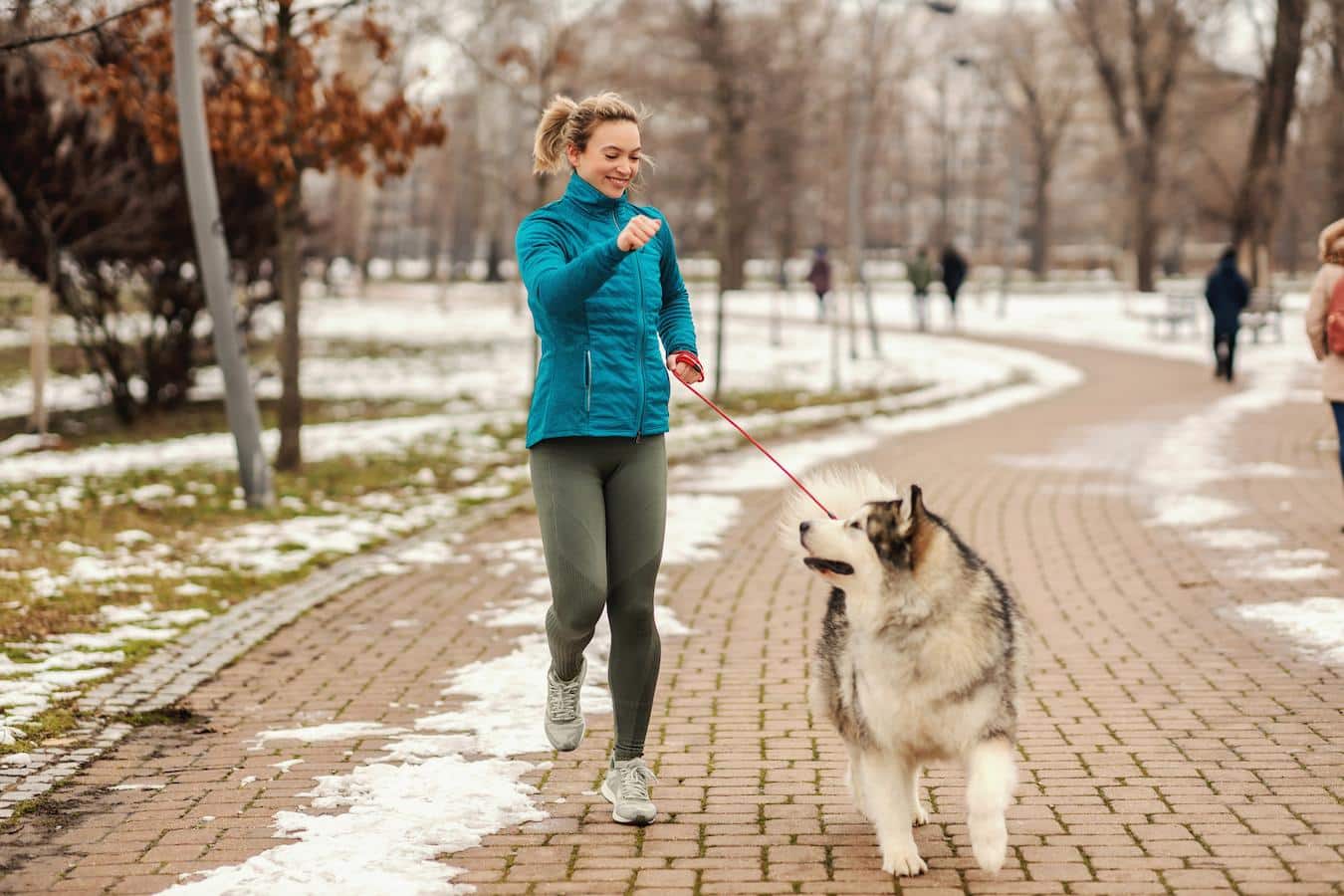
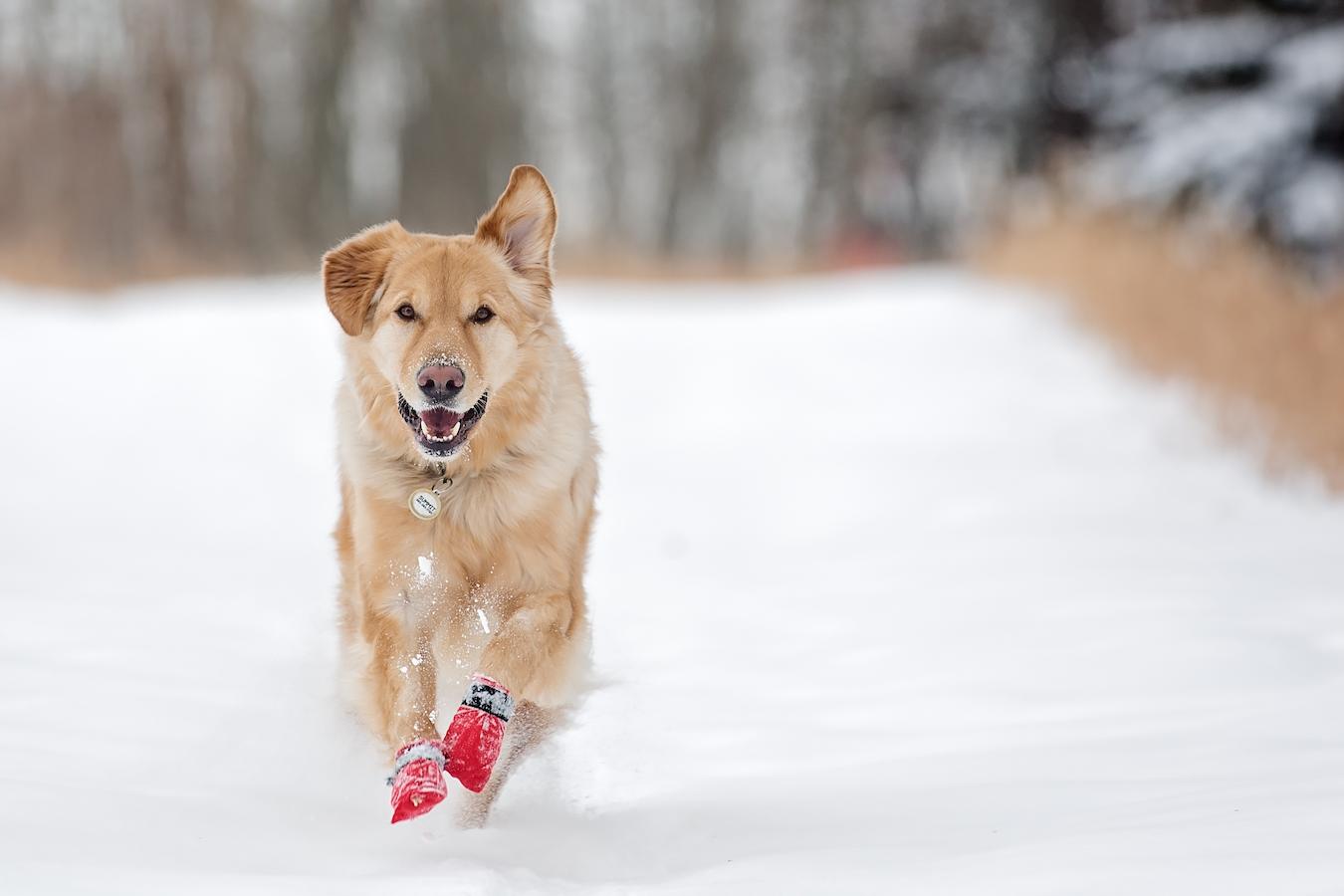
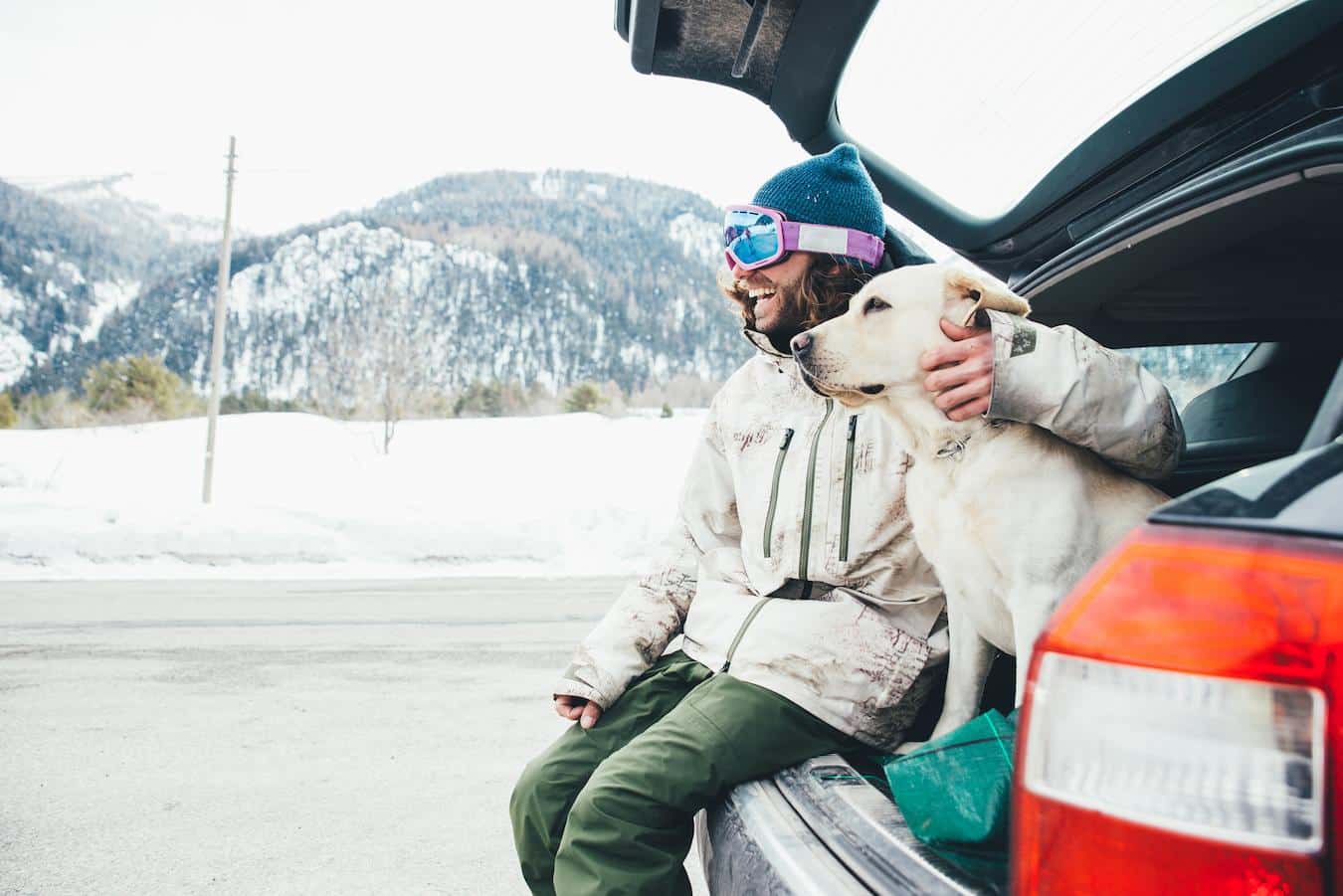
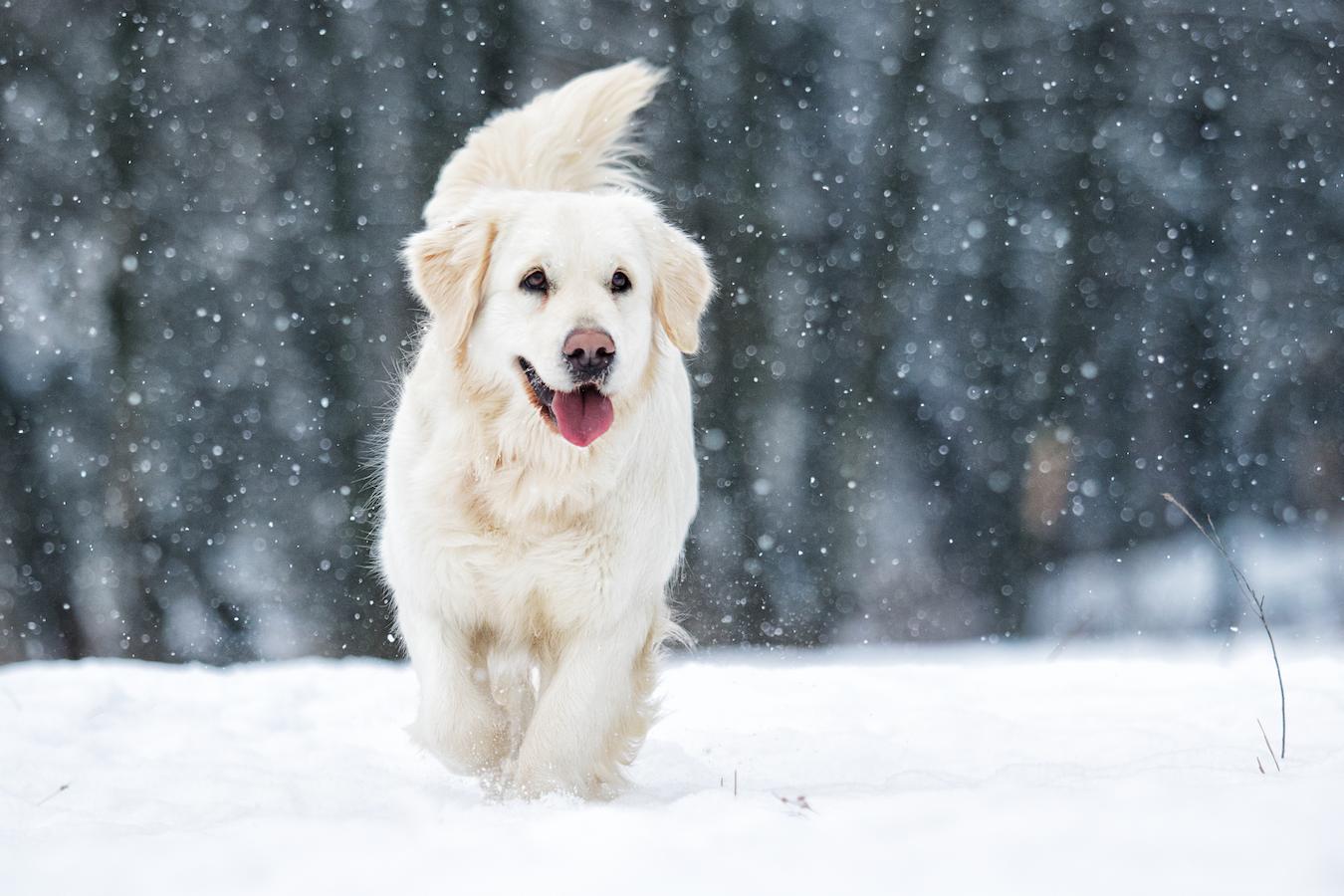
Trackbacks/Pingbacks